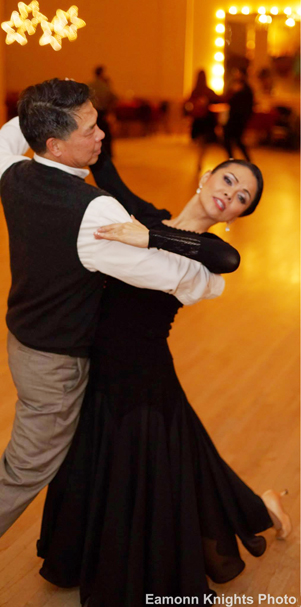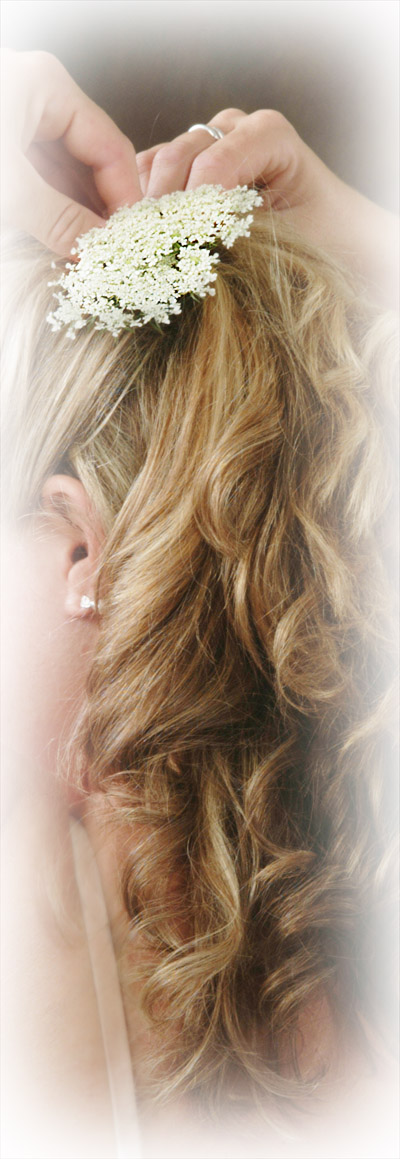Tempo Recommendations for Dance Music
8:38 PMRecommended Tempo for Dance Music 
Tempo Recommendations for Dance Music
*
![]()
The tempo recommendations for various types of dances are listed below. The list includes tempos for International
and American Style Ballroom as well as Latin tempos, Country-Western tempos and some specialty tempos.
Dance |
Smooth or Ballroom/Standard |
| Foxtrot – American — the recommended tempo is 120-136 BPM (beats per minute) |
| Foxtrot –International — the recommended tempo is 112-120 BPM (beats per minute) |
| Quickstep (International) the recommended tempo is 192-208 BPM (beats per minute) |
| Tango – American and International — the recommended tempo is 120-132 BPM (beats per minute) |
| Tango – Argentine — the recommended tempo is TBD |
| Two Step (Country) the recommended tempo is 168-200 BPM (beats per minute) |
| Viennese Waltz – American — the recommended tempo is 150-180 BPM (beats per minute) |
| Viennese Waltz – International — the recommended tempo is 150-180 BPM (beats per minute) |
| Waltz – American — the recommended tempo is 84-96 BPM (beats per minute) |
| Waltz – International — the recommended tempo is 84-93 BPM (beats per minute) |
| Waltz – Country –76-98 BPM (beats per minute) |
Rhythm or Latin |
| Bachata the recommended tempo is TBD |
| Bolero (American) the recommended tempo is 96-104 BPM (beats per minute) |
| Cha Cha – American and International — the recommended tempo is 112-128 BPM (beats per minute) |
| Cha Cha – Country–the recommended tempo is 96-118 BPM (beats per minute) |
| East Coast Swing – American — the recommended tempo is 136-144 BPM (beats per minute) |
| East Coast Swing – Country — the recommended tempo is 124-142 BPM (beats per minute) |
| Jive (International)152-176 BPM (beats per minute) |
| Hustle the recommended tempo is 104-121 BPM (beats per minute) |
| Mambo (American) the recommended tempo is 188-204 BPM (beats per minute) |
| Merengue the recommended tempo is 58-64 BPM (beats per minute) |
| Nightclub Two-Step the recommended tempo is 54-64 BPM (beats per minute) |
| Paso Doble (International) the recommended tempo is112-124 BPM (beats per minute) |
| Polka the recommended tempo is 104-124 BPM (beats per minute) |
| Rumba – American — the recommended tempo is 120-144 BPM (beats per minute) |
| Rumba – International — the recommended tempo is 96-112 BPM (beats per minute) |
| Salsa the recommended tempo is 150-250 (TBR) BPM (beats per minute) |
| Samba – American — the recommended tempo is 104 BPM (beats per minute) |
| Samba – International — the recommended tempo is 96-104 BPM (beats per minute) |
| Sway the recommended tempo is TBD |
| West Coast Swing the recommended tempo is 102-128 BPM (beats per minute) |
| ff |
Sources:
NDCA (National Dance Council of America)
“ND CA Rule Book” (8/30/11)
USISTD (United States Imperial Society of Teachers of Dancing)
“Syllabi, Step Lists & Tempi”: “ISTD & USISTD Syllabus Lists”
Last updated Sep 3, 2011
ISTD
“Modern Ballroom Dance Society Faculty: Syllabus Outline,” 31 May 2011
National Syllabus May 2011; and
“Latin American Dance Faculty: Syllabus Outline,” 30 Nov. 2011
Latin American Dance Syllabus Outline
WDSF (World DanceSport Federation)
Was ICAD (International Council of Amateur Dancers), then IDSF (International DanceSport Federation)
WDSF COMPETITION RULES
Status: Conclusion of 2011 AGM, Luxembourg, June 19, 2011
USA Dance
3.5 MUSIC TEMPI in “USA Dance: Dancesport 2011A Rulebook,” Edition 13, Jan. 2011 (page 11):
“The tempi for each dance shall be as specified by the IDSF.”
USA Dance = IDSF tempo recommendations
WDC (World Dance Council)
Was ICBD (International Council of Ballroom Dancing)), then WD&DSC (World Dance and DanceSport Council)
WDC Competition Rules – June 2011
UCWDC (United Country Western Dance Council)
“The 2011 UCWDC Rules, Contest Procedures and Scoring Format,” Revised 2010
IHDA (International Hustle Dance Association)
Pro/Am Structure Guidelines for Competing, and Am/Am Structure Guidelines for Competing
Links to Ballroom Dance Organizations
NDCA (National Dance Council of America) www.ndca.org
USISTD (United States Imperial Society of Teachers of Dancing) www.usistd.org
WDSF (World DanceSport Federation) www.worlddancesport.org
USA Dance usadance.org
WDC (World Dance Council) www.wdcdance.com
UCWDC (United Country Western Dance Council) www.ucwdc.org
IHDA (International Hustle Dance Association) – IHDA website could not be found (December 2020)
*
Information on this post compiled by Rich Gross

